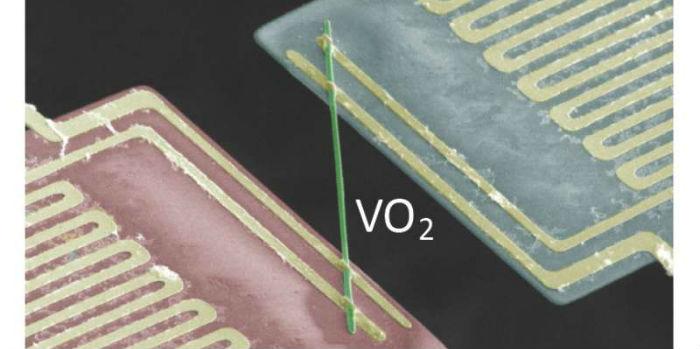 United States. A research team from the U.S. Department of Energy's Lawrence Berkeley National Laboratory and the University of California, Berkeley has discovered that electrons in vanadium dioxide can conduct electricity without conducting heat.
United States. A research team from the U.S. Department of Energy's Lawrence Berkeley National Laboratory and the University of California, Berkeley has discovered that electrons in vanadium dioxide can conduct electricity without conducting heat.
The discovery could be applied in a variety of applications, such as thermoelectric systems that convert waste heat from motors and appliances into electricity.
For most metals, the relationship between electrical and thermal conductivity is governed by the Wiedemann-Franz Law. Simply put, the law states that good conductors of electricity are also good conductors of heat. That's not the case for metallic vanadium dioxide, a material already noted for its unusual ability to switch from an insulator to a metal when it reaches a temperature of 67 degrees Celsius, or 152 degrees Fahrenheit.
The researchers explain that this discovery is of fundamental importance for the understanding of the basic electronic behavior of new conductors.
The researchers were able to elucidate the proportion of thermal conductivity attributable to the vibration of the material's crystal lattice, called phonons, and the movement of electrons. To their surprise, they found that the thermal conductivity attributed to electrons is ten times lower than what would be expected from the Wiedemann-Franz Law.
In particular, the amount of electricity and heat that vanadium dioxide can conduct can be tuned by mixing it with other materials. When the researchers doped monocrystalline vanadium dioxide samples with the metallic tungsten, they decreased the phase transition temperature at which the vanadium dioxide became metallic. At the same time, electrons in the metal phase became better heat conductors. This allowed the researchers to control the amount of heat vanadium dioxide can dissipate by changing its insulating phase to metal and vice versa, at adjustable temperatures.
Such materials can be used to help clean or dissipate heat in engines, or be developed into a window coating that improves the efficient use of energy in buildings, the researchers said.
Source: https://phys.org/news/2017-01-metal-electricity.html



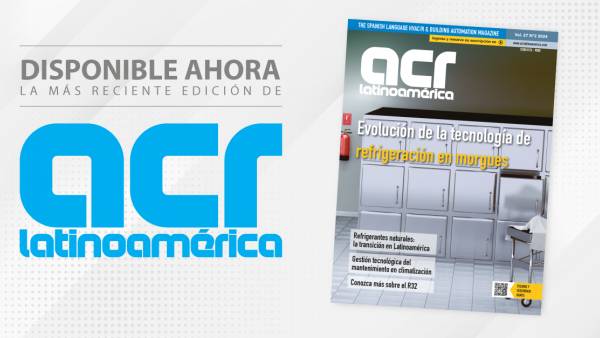
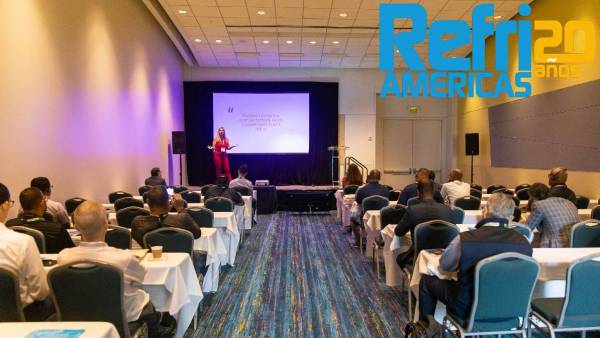
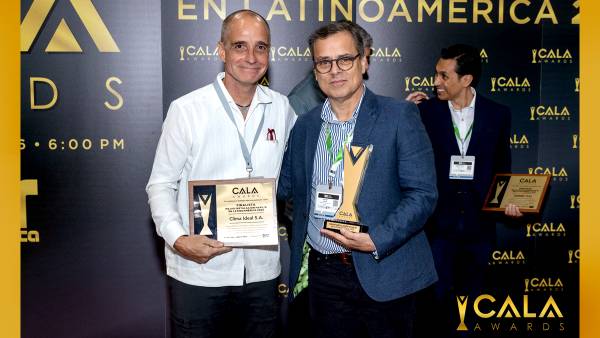
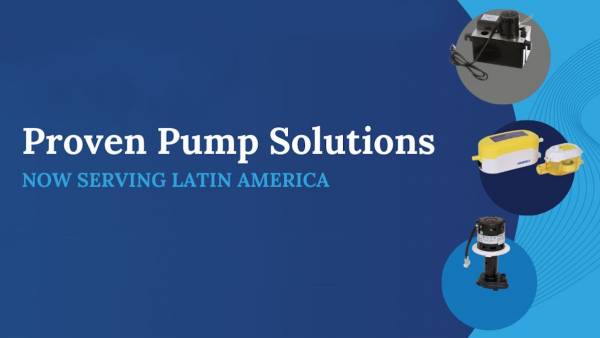
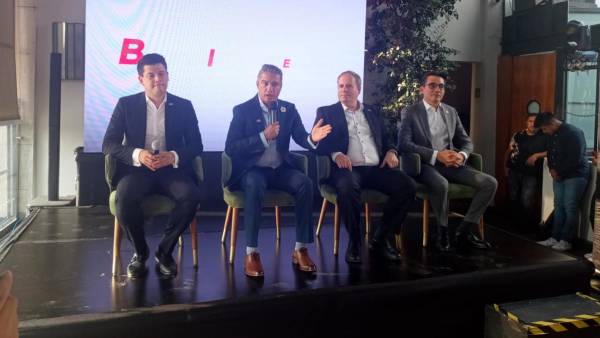
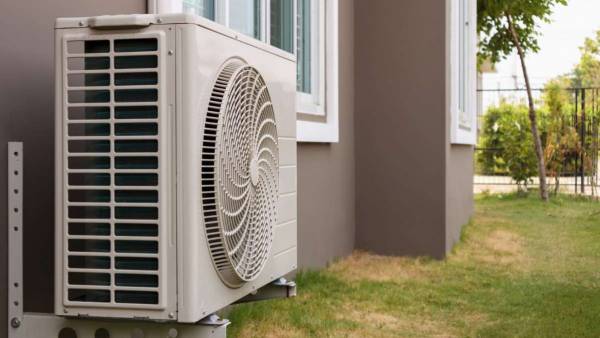

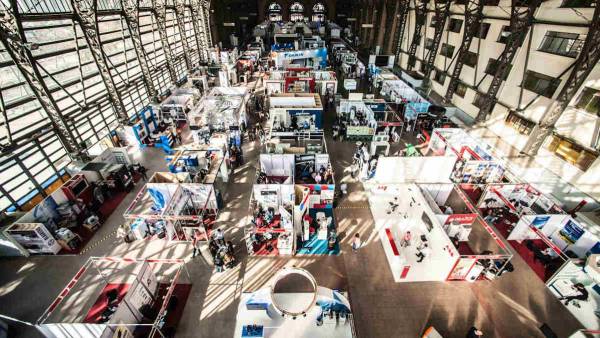














Leave your comment